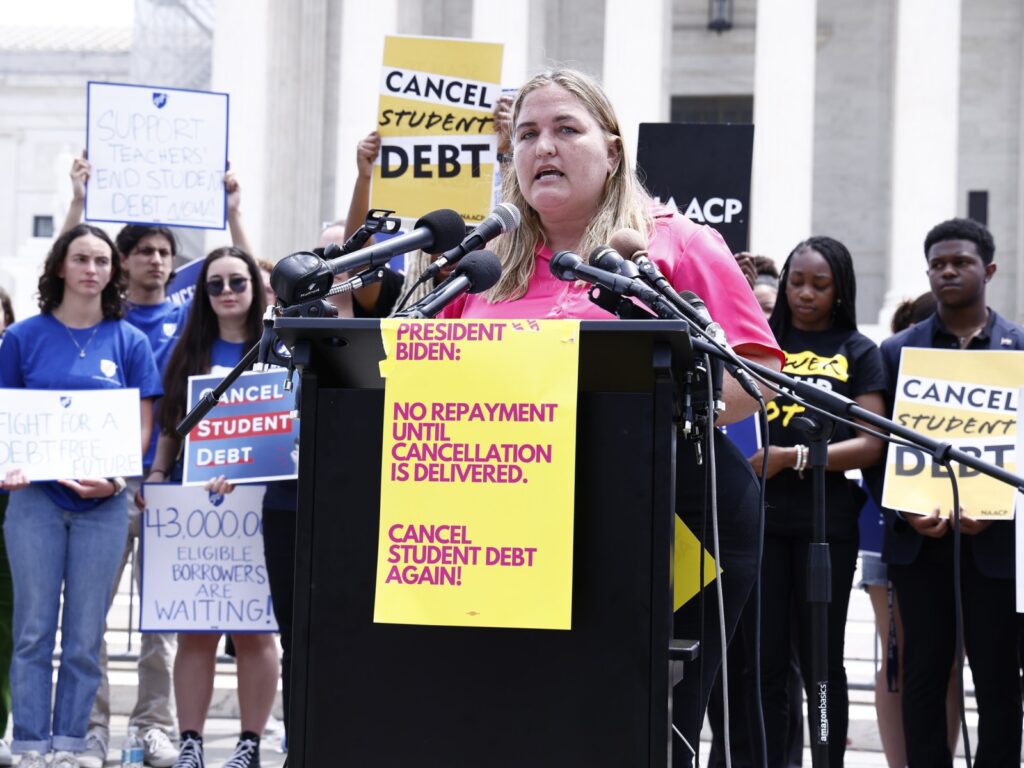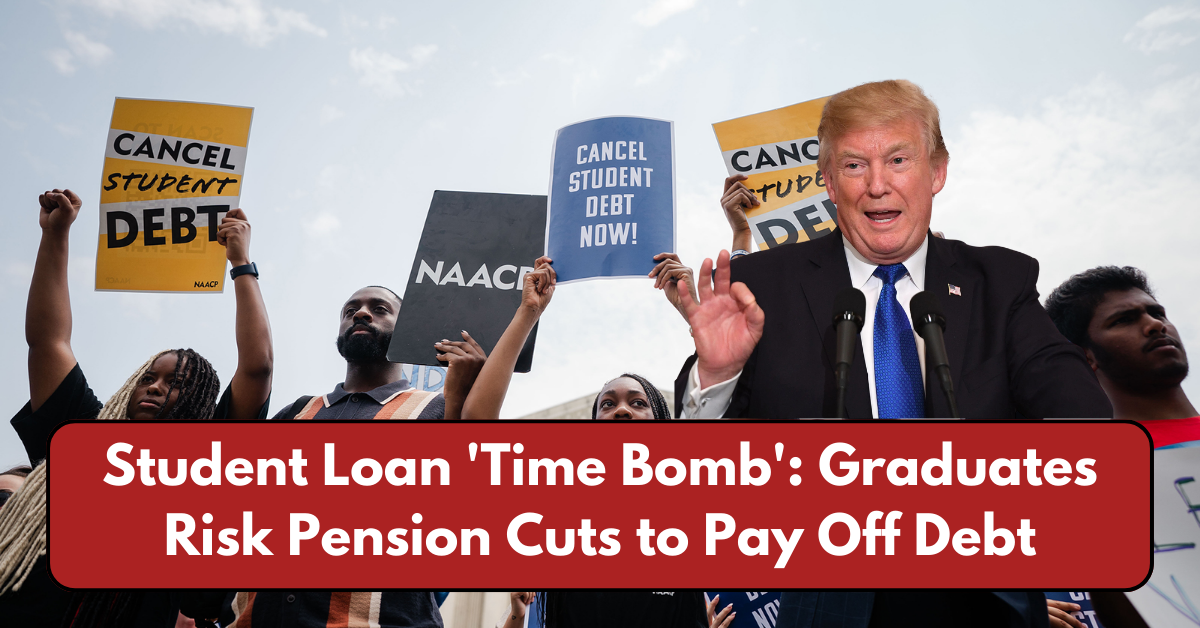Student loan debt has become a heavy burden on millions of graduates, and in some countries, the repercussions are now extending into retirement. As the amount of student debt continues to rise, there is increasing concern about how it is affecting people’s financial futures, including pension plans and retirement security. A growing number of borrowers—particularly older Americans—are finding themselves paying off student loans into their later years, while others face the threat of pension cuts in order to meet debt obligations.
A Growing Crisis
In the United States, student loan debt has ballooned to more than $1.6 trillion, a sum that now affects over 40 million borrowers. With the average graduate carrying more than $30,000 in student loan debt, many are entering the workforce already burdened by significant financial obligations. The rise of loan defaults and repayment struggles is often linked to complex and shifting repayment plans under the federal loan system, which continues to confuse borrowers.
The U.S. Department of Education has faced criticism for its changing policies surrounding repayment, including forgiveness programs that are often difficult to navigate. According to recent surveys, 70% of borrowers are overwhelmed by these frequent changes, while 76% report feeling inundated with confusing information. Adding to the complexity, there are ongoing lawsuits challenging parts of President Joe Biden’s loan forgiveness program, leaving millions of borrowers uncertain about their future repayment schedules.
This crisis has reached a tipping point, with more than $200 billion in student loan debt in default. For those struggling to keep up with payments, the consequences are dire—many have delayed home ownership, delayed starting families, and are unable to build savings for retirement.
A Shift Toward Pension Cuts

As student loan debt continues to weigh heavily on borrowers, many graduates are facing the reality that their future pensions could be at risk. The problem is especially acute among those approaching retirement age. In the U.S., the fastest-growing demographic of student loan debtors is those over 60. These individuals are often still paying off loans that have been accruing interest for decades, and the burden of this debt is seriously affecting their retirement plans.
Take the case of a 77-year-old educator in Texas, who despite a long career in teaching, owes nearly $550,000 in student loans. This enormous debt load is preventing him from fully retiring, as his monthly payments consume a large portion of his income. While many Americans in their retirement years might look forward to a period of rest and leisure, the reality is that an increasing number are being forced to delay retirement or continue working just to stay afloat.
The situation is similarly grim in other countries, such as Australia, where the student debt crisis is also escalating. In Australia, the government has committed to reducing the HELP debt burden by 20%, offering relief to millions of borrowers. However, some critics argue that this move is insufficient and that the government is simply trying to win favor in an election year. Despite this, experts agree that student debt in Australia, as in the U.S., can be detrimental to long-term financial security.
Policy Responses and Proposals

The enormity of the student loan debt crisis has led policymakers to explore solutions such as debt forgiveness, changes to repayment plans, and reforms to higher education financing. President Biden’s administration has sought to expand and simplify repayment options, but these changes have met with legal challenges. The Biden administration has also expanded its Public Service Loan Forgiveness (PSLF) program, which aims to forgive federal loans for individuals working in public service jobs after 10 years of payments.
However, experts argue that these measures may not go far enough to solve the problem, particularly for older borrowers who face compounded difficulties as they approach retirement. Many advocates have called for comprehensive student loan forgiveness, which could provide immediate relief to borrowers and ease the financial strain of repayment.
In addition to federal actions, some states have implemented their own measures to alleviate the burden of student loans. For example, New York’s state loan forgiveness programs provide financial incentives for graduates who work in public service or other priority sectors. Similarly, in Australia, reforms to the HELP system are designed to reduce the overall debt burden, but these measures have yet to be fully realized.
The Road Ahead

As the debate over student loan forgiveness continues, there is a growing consensus that comprehensive reforms are needed to address the crisis in both the U.S. and abroad. Whether through forgiving a portion of debt, restructuring repayment plans, or providing other forms of financial relief, policymakers must act swiftly to ensure that graduates are not forced into financial insecurity for decades after they leave school.
The question remains whether these policies will be enough to prevent further harm to graduates’ financial futures. Without a more widespread and comprehensive solution, many borrowers will continue to face crushing debt that could undermine their ability to save for retirement, buy homes, or plan for their families’ futures.
For more information about the U.S. student loan forgiveness programs, visit the Department of Education’s student loan webpage. For updates on Australia’s HELP debt reforms, visit the Australian Government’s Education website.
Conclusion

The student loan crisis is a ticking time bomb. With millions of graduates facing crippling debt and pension cuts, it is crucial that governments take bold steps to reform the system. Without action, this growing financial burden will continue to hinder not only individual financial security but the broader economy. It is time for policymakers to work together to find a lasting solution to this crisis that will safeguard the future of millions of students and graduates across the globe.
This article has been carefully fact-checked by our editorial team to ensure accuracy and eliminate any misleading information. We are committed to maintaining the highest standards of integrity in our content.

Premlata is a seasoned finance writer with a keen eye for unraveling complex global financial systems. From government benefits to energy rebates and recruitment trends, she empowers readers with actionable insights and clarity. When she’s not crafting impactful articles, you can find her sharing her expertise on LinkedIn or connecting via email at [email protected].




